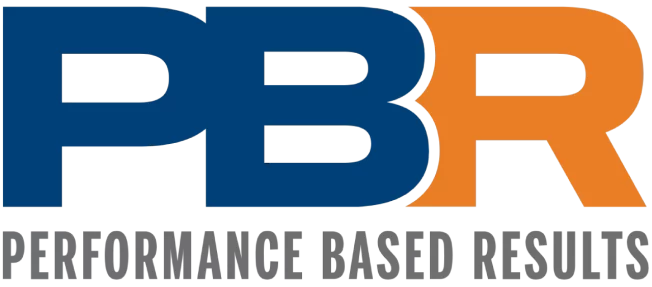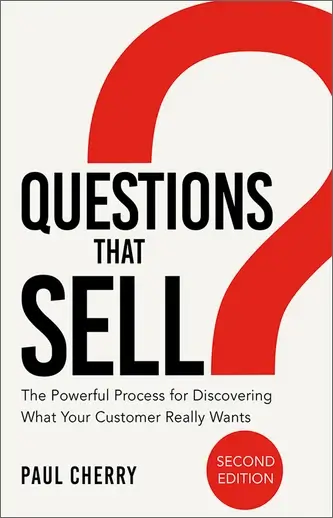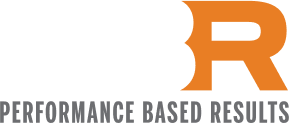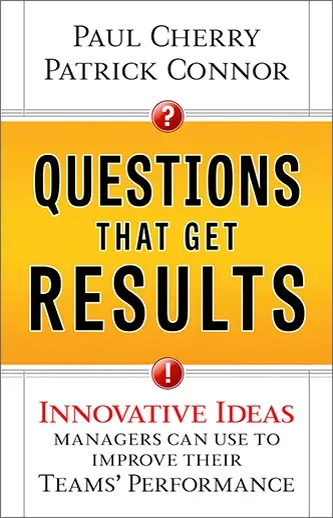Sales reps with potential
Peter was busy toiling away as a salesperson in a large corporation. He claimed he was working hard, but his sales numbers were below average. Peter’s manager asked me if I would coach him. She explained that she did not get to spend much time training her salespeople, but she thought Peter had a lot of potential.
Tracking sales results
I asked Peter some questions about how he was logging his sales calls. Peter sheepishly admitted that he was not keeping data on his calls at all. He did not know how many calls he made per week, what percentage led to sales, or how long his sales cycle was. This was a big problem! If you do not know how you are doing, how can you measure improvement?
When we started tracking his numbers, I realized that Peter’s sales call volume was way too low. His closure rate on quotes was also significantly below average. Peter was not calling on enough key decision makers, so most of his calls went nowhere.
Develop a customized plan-of-action
Together we set some goals for Peter.
- He was to increase the number of calls he made per week by 20%.
- He was also to do online research prior to a call so he made sure he was talking to a decision maker.
- I provided him with a list of good, open-ended questions that he could use during calls.
As a result, his closure rate soared from 10% to 40%!
When you want to improve your performance (or the performance of your sales team), the first step to take is to track how well you are currently performing. This means you need to know:
- How many calls you make each week
- How many of those calls ultimately result in appointments
- How many appointments lead to quotes
- How many quotes lead to a sale
- How long it takes from initial contact to close of contract
Once you have these results and calculations, you can analyze you or your team’s strengths and weaknesses. For example, if you’re only closing 10% of your quotes, this means you are most likely either:
- Not calling on the right person
- Not asking the right questions
- Not qualifying the right opportunities
This now gives you an opportunity to focus on the sales behavior that needs improvement. Do this and the results will follow. Without this analysis, a salesperson can spend years spinning their wheels, working hard but not getting ahead.






